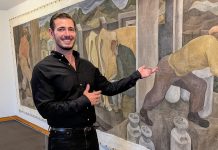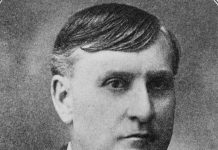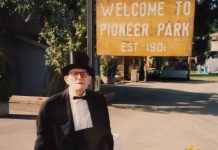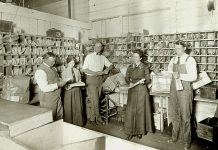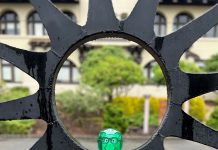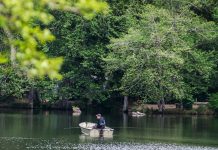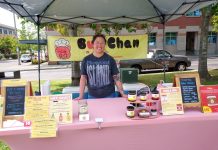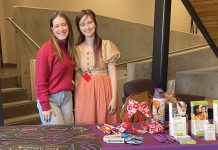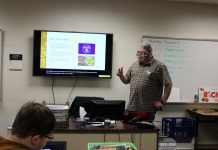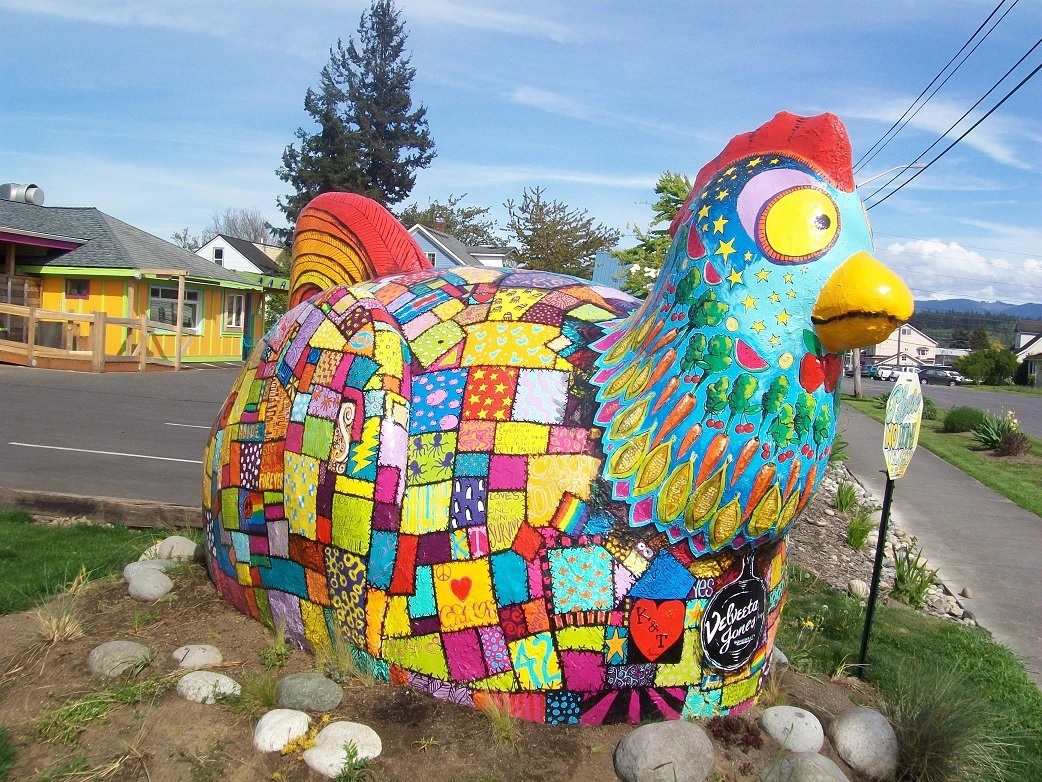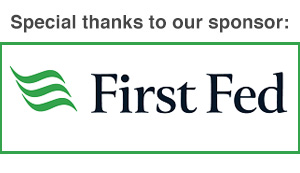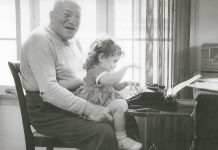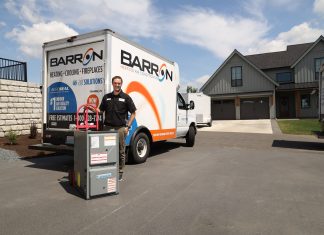Through schools, sports teams, businesses, organizations, and other aspects of pop culture, animal mascots can symbolize the character of a place. Even as a small city, Bellingham has gained several such symbolic creatures in recent decades.
In a 2023 article on symbols of Bellingham shows that representations of local identity and pride begin with enough people repeating them. Even within short periods of time since, new trends, associations, and memes can emerge.
As we can discover, Bellingham’s most popular symbolic critters range from funny widespread cultural trends to mascots peculiar to a specific organization.
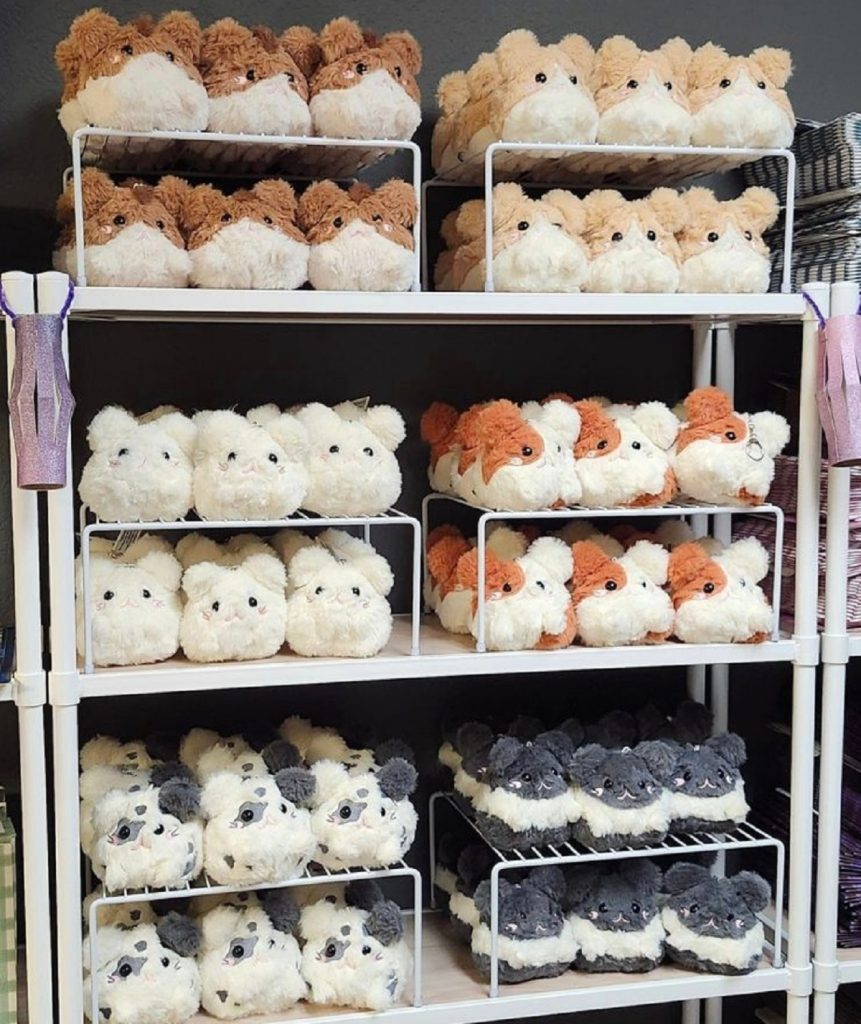
Bellinghamsters
“Bellinghamster” has been an affectionate nickname for our residents since the 1980s, according to The Bellingham Herald. It was only a matter of time until hamster characters started appearing in local merchandise and culture.
The Bellingham Bells baseball club created one of the city’s most popular sports mascots with their hamster, Dinger. “Dinger loves to meet new people at the ballpark, eat yummy snacks from the concession stand and run across the field with all of his friends,” their site says, adding, “If you are from Bellingham, you are a proud Bellinghamster!”
As covered in a previous WhatcomTalk article, Katrina Martin’s online store, The Bellinghamsters, promotes civic pride through hamster-themed gifts. The plushies, apparel, stickers, and more have become fun collectables for all ages, with booths appearing at local events.

Sunnyland Stomp-ing Chickens
Chickens have, in recent years, become a symbol of the Sunnyland neighborhood in particular. The ordinance allowing neighbors to keep chickens has played a significant role, as have various events and art in the area.
Since 2009, the Sunnyland Stomp festival, featuring games, activities, and arts in July, has included chicken races. Much of their official advertising and merchandise features chicken characters.
“Velveeta Jones” is a local chicken sculpture that is now popular enough to appear on local merchandise. This quirky figure outlived the Homeskillet restaurant after it closed in 2019 and now stands preserved by the new Homeschool location.
Many neighborhood signs have also recently emerged with designs representing the local character. Sunnyland Neighborhood Association uses a sign with a rooster, sunrise, and a weathervane.
In 2024, artist Keith Negley painted a colorful chicken mural at the neighborhood’s intersection of Texas Street and Dean Avenue. You can pass by this quiet area at a leisurely pace for a good look at the art.
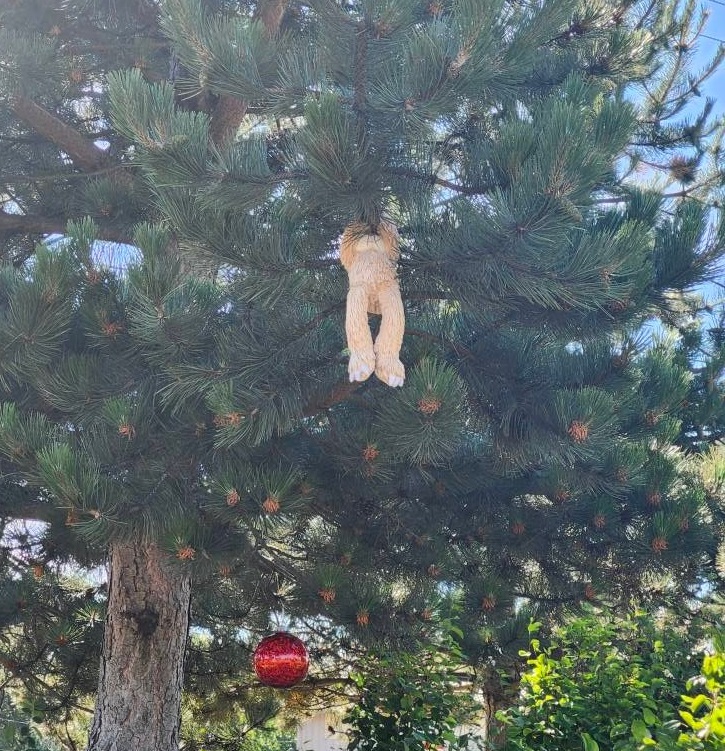
The Interstate-5 Sloth
Bellingham’s newest animal symbol emerged suddenly from the woods in 2024: a stuffed sloth high in a tree waving to drivers on Interstate 5. At nine feet tall, the toy earned the nickname “Slothy” after being placed by parties unknown.
At a time when Bellingham’s famous “graffiti rock” may face removal, the Washington State Department of Transportation (WSDOT) has announced the sloth can stay for now. This decision came after two attempts to remove the stuffed animal, which saw a dedicated replacement each time.
Ever since, many of us have spotted imitation sloths in storefront windows and trees around town. Like the nickname “City of Subdued Excitement,” originating with just one mural, locals can create a new regional phenomenon through enough word of mouth and the power of suggestion.
When looking out for the sloth near mile marker 249 headed north, always keep your eyes on the road. You can stay safe while enjoying a quirky bit of local character while it lasts.
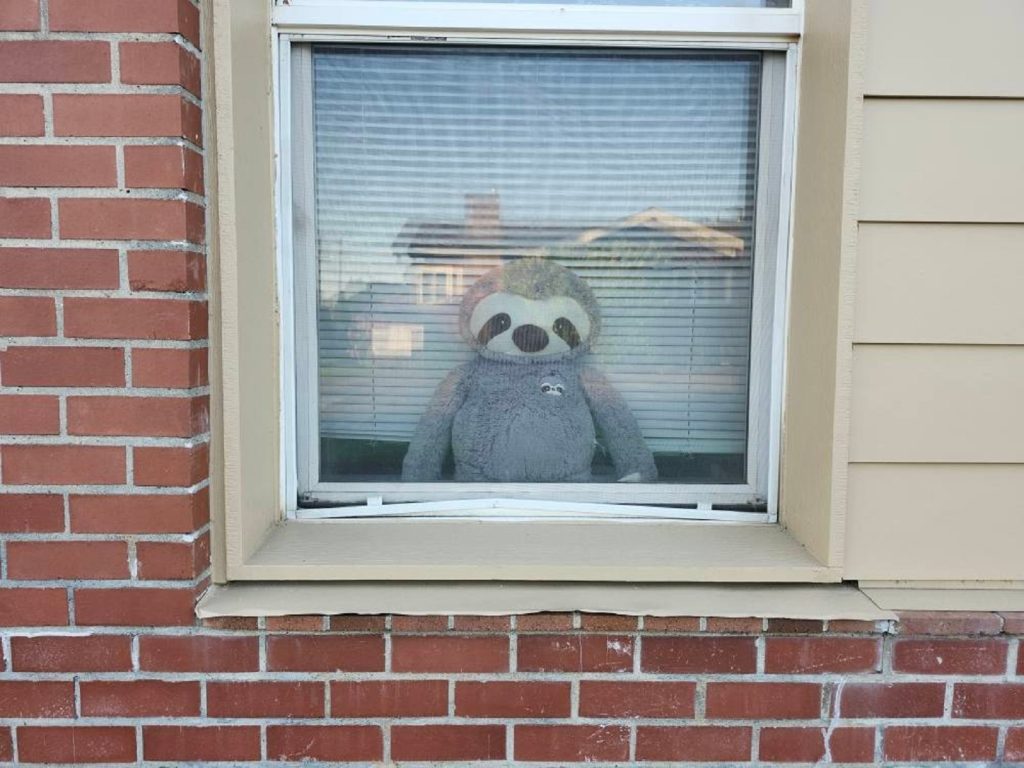
Organizational Mascots in Bellingham
Bellingham’s schools, sports teams, and other businesses and organizations have introduced animal mascots that help to shape our civic spirit. As another WhatcomTalk article and its sequel describe, mascots include animal characters, in addition to those of Western Washington University and Squalicum High School’s Vikings.
“Baker the Mountain Goat” has appeared at the Ski to Sea parade since 1985, taking a hiatus from 2004 to 2022 when Whatcom Events rediscovered and reintroduced the original costume. “Wally Whatcom the Museum Mouse” has been entertaining children at the Whatcom Museum since 1988.
Whatcom Community College has had two orca mascots in its history, including “Willie the Whale” from 1989 to 2017 and “Finny Dorsalini” since 2017. The “Gathering Fountain” outside Heiner Center features an orca sculpture. Another memorable orca in town “swims” through the bricks of the Peter James Photography Gallery building in Fairhaven.
Salmon, another ubiquitous symbol of the Pacific Northwest, is featured in the Salmon Art Trail through sculptures, totem poles, and other pieces. Nooksack Salmon Enhancement Association (NSEA) has presented its costumed mascot “Sammy” at sporting events since 1983.
As explained in a Halloween article, black cats became a symbol of Fairhaven, which is attributed to James Wardner, one of its founding entrepreneurs, who spun a tall tale about harvesting black cat pelts on Eliza Island. These cat tales inspired ghost stories about Wardner’s “castle” home, which once depicted the cats in a wall mural, and the “Fairhaven Kitty Committee” herding strays rumored to descend from the island cats. Le Chat Noir now occupies the Sycamore Square (Mason Block) building where the newspaper with Wardner’s story was first published.
With serendipity and civic pride, we’ll embrace new curious critters as they keep appearing around Whatcom County.

